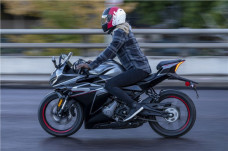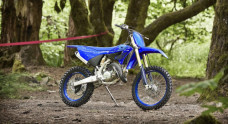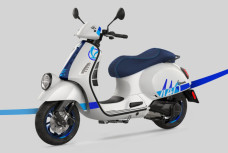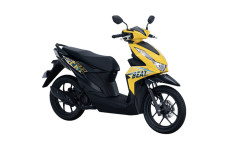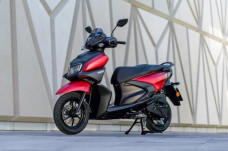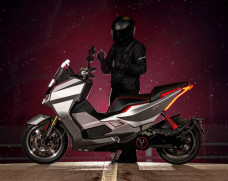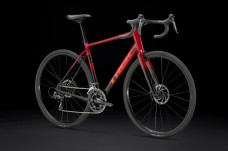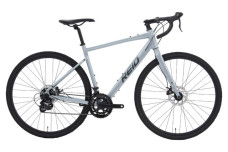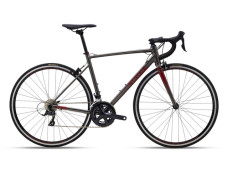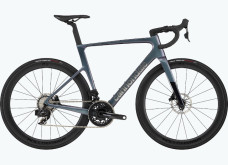Sell your bike at the Largest Used Bike Marketplace and get the highest price.
Why Sell With Bikes4Sale?
- • Dedicated bike portal, started in 2007.
- • More than 5,00,000 bikes sold till date.
- • No commission on sale.
- • Usual time to sell between 1 to 3 weeks.

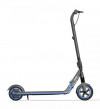
 Top Road Bikes in Australia Under $1,000 AUD
Top Road Bikes in Australia Under $1,000 AUD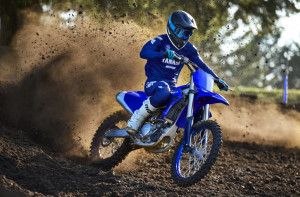 Cheapest Dirt Bikes you can Buy in US for 2024
Cheapest Dirt Bikes you can Buy in US for 2024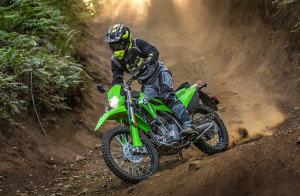 Best Dual Sport Motorcycles Under $7,000 in the US
Best Dual Sport Motorcycles Under $7,000 in the US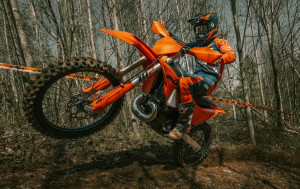 2025 KTM XC and XC-F: Unveiling the Latest in Off-Road Race Tech
2025 KTM XC and XC-F: Unveiling the Latest in Off-Road Race Tech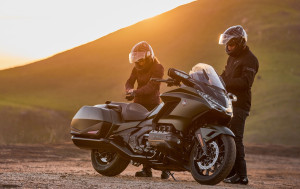 Top 10 Expensive Touring Motorcycles Available in the US for 2024
Top 10 Expensive Touring Motorcycles Available in the US for 2024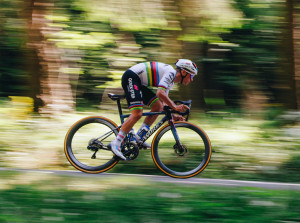 Top 5 Most Expensive Aero Bikes in Australia
Top 5 Most Expensive Aero Bikes in Australia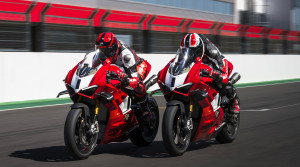 Fastest Sport Motorcycles Available in US for 2024
Fastest Sport Motorcycles Available in US for 2024 7 Best Road Bikes Under $2000 in Australia – 2024
7 Best Road Bikes Under $2000 in Australia – 2024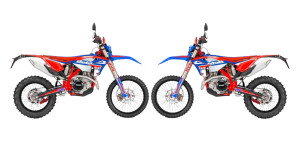 Beta Introduces New 390 and 500 RS Special Editions
Beta Introduces New 390 and 500 RS Special Editions Fastest Cruiser Motorcycles Available in US for 2024
Fastest Cruiser Motorcycles Available in US for 2024